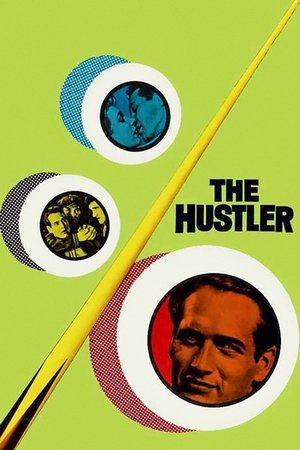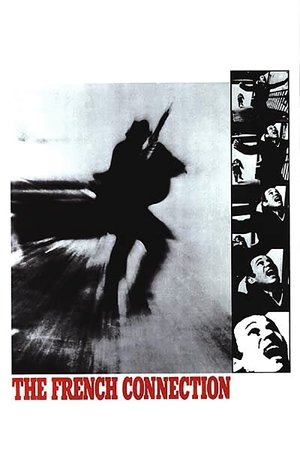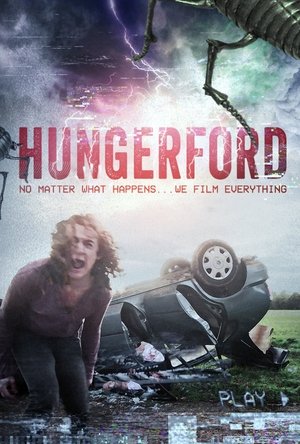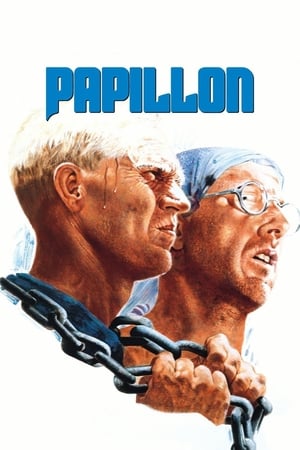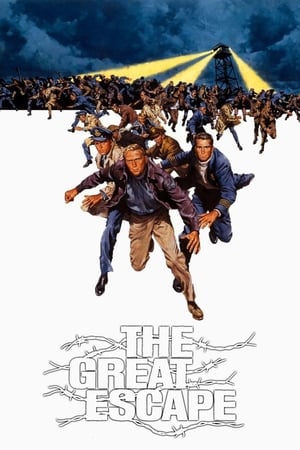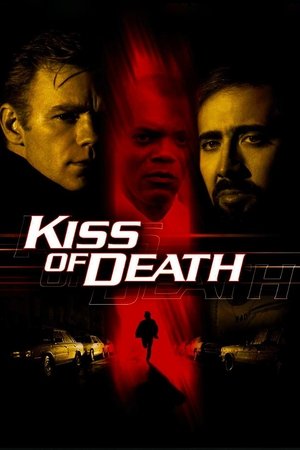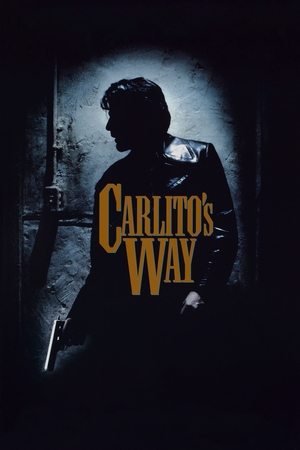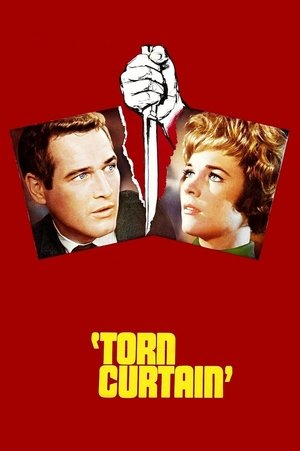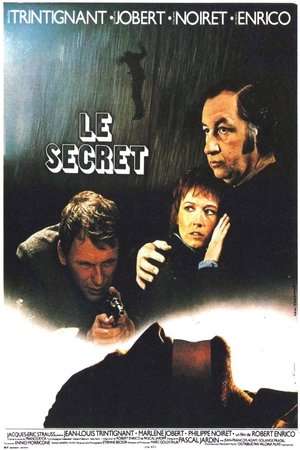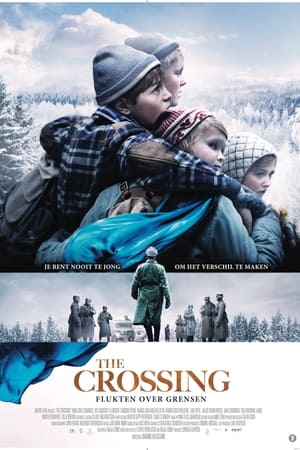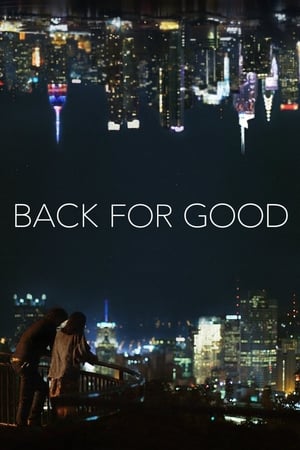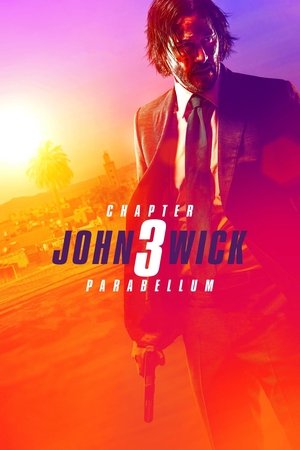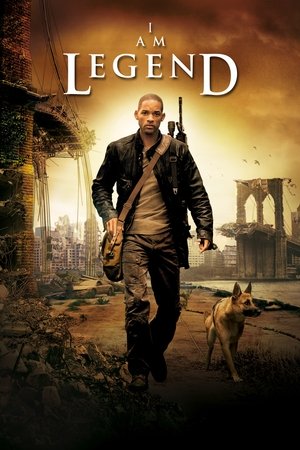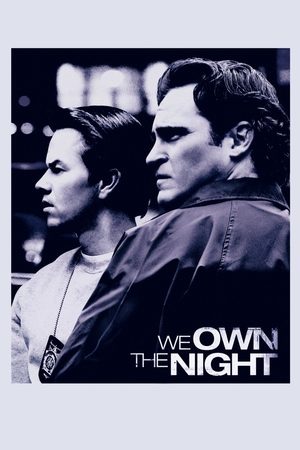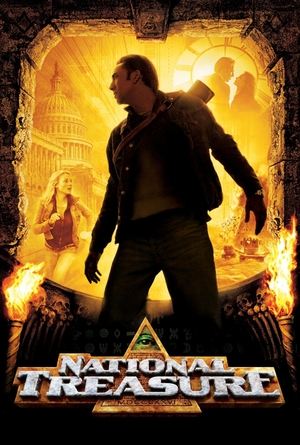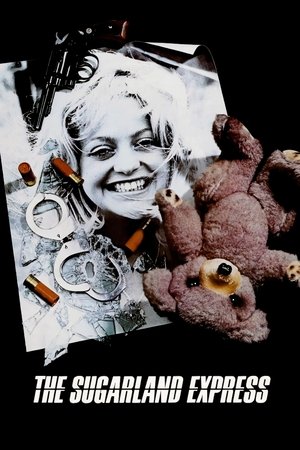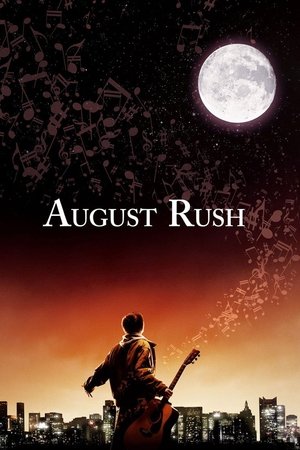Overview
Coogan, an Arizona deputy sheriff goes to New York to pick up a prisoner. While escorting the prisoner to the airport, he escapes and Coogan heads into the city to recapture him.
Reviews
Early American Clint Eastwood performances, as he was testing the cinematic waters after his huge success in Leone's highly influential 'The Man with No Name' trilogy of great spaghetti westerns, are such fun to watch, as he experiments and tries out different genres, deciding what direction he wants to take his career. There are such unexpected gems to behold, both acting and directing, like 'Two Mules for Sister Sara', 'Breezy', 'The Beguiled', 'Play Misty for Me', 'Where Eagles Dare' and this, where he plays the proverbial 'fish out of water', in way over his head, as a deputy sheriff from the sticks, having to find an escaped prisoner in the megalopolis of New York City, no less. The great variety of this time is such a cinematic luxury to peruse and discover for oneself. Mine came in the humongous '35 Years 35 Films', and there have been even larger compendiums more recently. They all offer fine value to the discerning cinephile.
It's great fun seeing Lee J. Cobb and Susan Clark (when she was really irresistible), and you can never go wrong with director Siegel, who, along with the aforementioned Leone, were the greatest influences on the American icon who at that time was blossoming into his own, the San Franciscan-born Eastwood. Definitely worth owning and rewatching.
A man's gotta do what a man's gotta do!
Arizona cop Walt Coogan is sent to New York to pick up an extradited prisoner. After losing him in the city he vows to bring him in anyway he can, he may be out of his jurisdiction, he may be patronised by the big city cops, but Coogan has his own way of doing things.
Often thought of as the precursor to Dirty Harry, Coogan's Bluff is a crucial entry in the genre pantheon of tough cop pictures. The fish out of water routine will forever be done to death it would seem, but back here in 1968 it still held its salt and delivers an admirably tight fusion of the big city colliding with the Western genre.
In the more than capable hands of director Don Siegel, and starring Clint Eastwood in the lead, Coogan's Bluff is fully aware of the time frame and the changes occurring in late 1960s America. Witness a marvellous scene as Coogan trawls through a dayglow orange psychedelia club. Meeting pimps, crooks and hippies are all par for the course for Coogan, and of course the women find the cowboy dapper Coogan worthy of further inspection, all that and a cigar chomping Lee J. Cobb as tough Det. Lt. McElroy help to make Coogan's Bluff a very enjoyable picture.
Now about those boots Walt? 7/10
So boring.
'Coogan’s Bluff' is a terrible film. Not even Clint Eastwood can elevate it. I'm not necessarily quick to call a film sexist, but this is pretty overtly so; especially at the beginning with women at the end of the 'jokes' - whether it be sexual assault, domestic violence or even rape.
Even after all that, you're left with a seriously dull plot. Nothing of note happens for the opening chunk of the film, then when something finally does it fails to build upon it. That's the case for the whole 93 minutes, the only scene I'll remember will be the admittedly good chase scene.
Eastwood is fine in the lead role, if a little cringey. His 'duck out of water' schtick gets tiresome, as do the running jokes. I can't think of any of the other performers who stand out... at a push, Lee J. Cobb perhaps?
Not recommended.
_**Eastwood as an antihero cowboy cop in mid-60’s Manhattan**_
A rural Arizona deputy sheriff (Clint Eastwood) comes to the Big Apple to extradite a prisoner (Don Stroud) while tangling with the chief detective (Lee J. Cobb) and flirting with a probation officer (Susan Clark). Tisha Sterling plays the thug’s drug-addicted girlfriend.
Directed by Don Siegel, “Coogan’s Bluff” (1968) is a crime drama/thriller with bits of droll amusement (e.g. New Yorkers constantly making references to Texas, Wyatt, the O.K. Corral and the like). It inspired the TV series McCloud, which aired from 1970-1977; and also was the prototype for Siegel & Eastwood’s “Dirty Harry” (1971). The two teamed-up for three other films: “Two Mules for Sister Sara” (1970), “The Beguiled” (1971) and “Escape from Alcatraz” (1977).
This was the blueprint for Clint’s post-Leone cop character, which dominated crime cinema for the next 25-30 years (and arguably longer), including winners like “Thunderbolt and Lightfoot” (1974) and “The Gauntlet” (1977). “Coogan’s Bluff” may not be as compelling as some of these later movies, and it’s certainly dated by comparison (an interesting period piece to view mid-60’s Manhattan), but it is entertaining despite the unpalatable depictions of the seedy side of Gotham.
Speaking of the sordid elements, this was ‘cutting edge’ at the time and nigh shocking to those not living in the Big City. Eastwood’s character, Coogan, will do whatever it takes to bring his man in, even something immoral with a 17 year-old teenager. While he’s confident and has several admirable traits, there’s also a darker, unpredictable edge.
There’s been some confusion about the eponymous bluff. Although the movie mentions the landmark promontory in upper Manhattan in a deleted scene, it literally refers to Coogan’s bluffing his way into the hospital ward to apprehend his prisoner and get out of town, which sets up the events of the rest of the picture. If there’s any doubt the lieutenant detective (Cobb) plainly references his bluff.
In addition to Susan Clark and Tisha Sterling, the female cast includes Melodie Johnson (Millie in the first act) and Meg Myles (Big Red).
The film is trim at 1 hour, 33 minutes, and was shot in the Mojave Desert, Manhattan and Universal Studios.
GRADE: B

 94 min
94 min
 6.336
6.336
 1968
1968
 USA
USA
 talisencrw wrote:
talisencrw wrote: